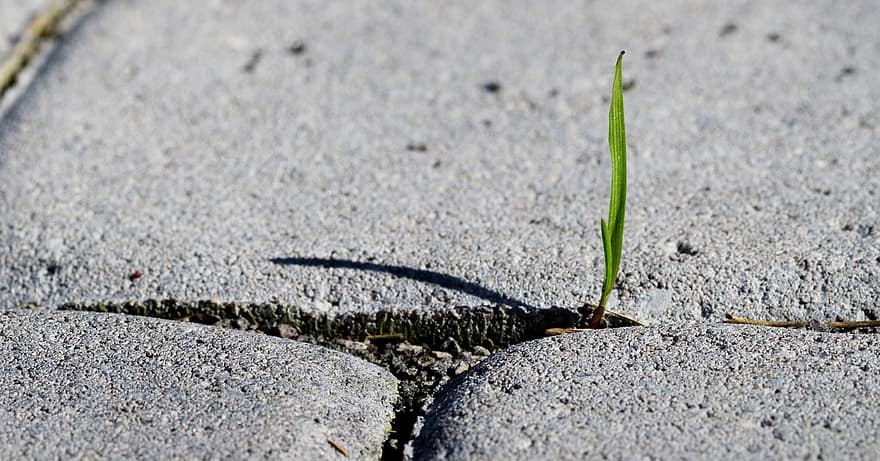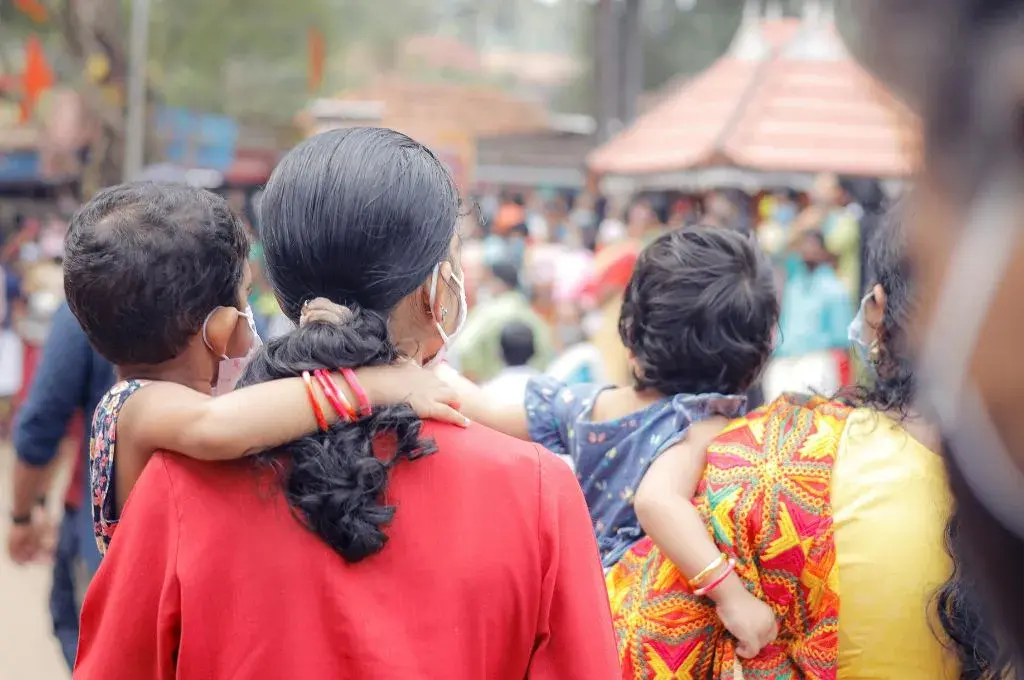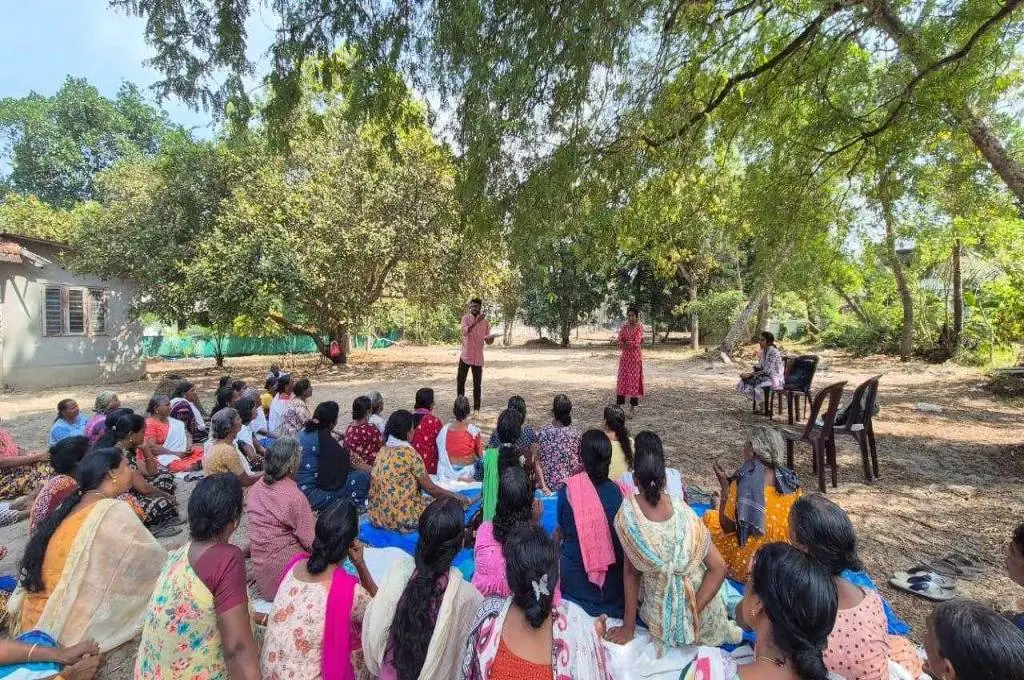Imagine you’re swimming in the sea. At first, the waves are manageable, enjoyable, even. But as you continue, you notice the currents getting stronger. You recognise the power of the sea and an unavoidable set of challenges that lie between you and the shore. Anxiety kicks in and your body shifts to fight or flight. You try your best to create adaptive strategies to survive—you get creative in your approaches, look around for assistance, and do everything in your power to stay alive—and it works. In fact, over time, you might even become a little more confident in your ability to survive in the sea.
This is resilience.
Often born out of survival, resilience can be thought of as the ability to reflectively recognise the tools, supports, and strategies that assist us in the face of adversity.

Resilience is not the absence of distress. Despite this, the feelings that arise from it, such as anger, anxiety, grief, disappointment (all common to distress) often get villainised. Every feeling response serves a purpose—anger helps in identifying injustice, anxiety is a protective feeling response, and grief emphasises the value in what we’ve lost. The current discourse around resilience, however, often ignores this.
Related article: Creating the resilience to dream
Resilience turned toxic
People often say that growth comes from difficult places, but it’s important to ask: How much of that growth have we chosen? And how much is thrust upon us?
Resilience and well-being intersect with each other. A holistic sense of well-being encompasses our physical and mental health, emotional state, and the socio-economic structures and communities we are a part of. Stress on any of these aspects can create the need to build resilience. But when we espouse resilience as the only option, we might be doing further damage. Here’s how:
Pop culture is plagued with toxic positivity and advertisements for hustle culture—a deeply capitalist approach that teaches people that worth is conditional and failure is to be feared. Phrases such as ‘you can do whatever you set your mind to’, ‘you can control your mind’, or ‘push past your fear’ can lead to disordered relationships with our psychological health. It might also hinder the ability to identify factors of resilience in the face of distress, because of what individuals internalise about self-worth.

Happiness is treated as a goal emotion, the only acceptable and approved feeling to work towards.
Today, we have turned resilience into something that is performative. Motivational speakers talk about how they battle their struggles and how embodying ‘hard work, talent, and passion’ are factors that help them overcome these struggles. Happiness is treated as a goal emotion, the only acceptable and approved feeling to work towards. In reality, the human body is designed to experience a spectrum of emotions through the day in varying degrees.

We need a dynamic definition of resilience, one that comes from a place of empathy and compassion. |Picture courtesy: Pikist
A lot of these issues arise out of the fact that we still don’t have holistic mental health education in India. Our education system doesn’t include the resources to recognise, sit with, and express emotions. For example, men are often socialised to express emotion in two ways: They are either happy, or they are angry. As a result, for a lot of men, everything from anxiety to sadness to grief shows up as anger, and that’s damaging.
Because resilience today has become a standard response that is expected, the failure to achieve it implies that something is wrong with the individual. This furthers a feeling of shame, which is an emotion commonly used in South Asian communities to punish individuals.
Equating resilience solely to the ability to bounce back and be strong is reductive. As a result of this approach we enable a system where people from marginalised communities often blame themselves for their distress, when more of an emphasis needs to be placed on systemic structures that are at play.
The ability to place blame on systems and power structures, rather than on individuals in a community—is integral to community resilience.
To understand this, think of the reservation policy in education. Today, institutionalised discrimination claims that Bahujan communities don’t deserve reservation seats because caste oppression no longer exists. As a result, it insists that people from these communities need to gain the seat on their own merit. The argument made against reservation here, is an appropriate example of how the pressure of ‘bouncing back’ is placed on marginalised communities, without an understanding of not only ongoing oppression but the impact of historic oppression and intergenerational trauma on them. Author Yashica Dutt unpacks the myth of merit in great detail, here.
Related article: The politics of mental health and well-being
This in turn makes it difficult for communities to say, “I am not the problem, the system is”. The ability to place blame on systems and power structures, rather than on individuals in a community—is integral to community resilience. Having done this, communities are then able to find place for anger, mobilisation, and grief. When these are experienced and acknowledged, they become drivers of solidarity and resilience.
A new way of looking at resilience
We need a dynamic definition of resilience, one that comes from a place of empathy and compassion. Working towards this model of resilience would involve prioritising an individual’s agency, making room for vulnerability, and moving away from thinking in absolute statements. For example:
- Instead of prescribing what people in distress ‘should’, ‘must’ and ‘have to’ do, can we allow them to sit with their emotions, assess the resources they have access to, and support them as they decide what their next step should be?
- Can we begin to practice active listening, and normalise the fact that individuals and communities are experts of their own narratives?
- Instead of looking at pain and distress as something that needs to be ‘fixed’, can we acknowledge it for what it is, and explore what it needs to heal?
Most of all, when redefining resilience as we know it, we need to remember that there is no perfect, manicured version of it. Pain and healing is subjective, and collective trauma and collective healing are important parts of the process of building resilience. Expecting healing to be a linear process is unrealistic, and the more we attempt to view that process as a journey with its bumps and bruises, the more useful we become in championing individual and community resilience from an actively empathetic lens.
—
Know more
- Explore personal narratives about how constantly having to be resilient can be harmful and tiring.
- Read a critical review of resilience theory and its relevance for social work.
- Learn how structural changes can be prioritised instead of demanding that cities and communities be resilient (using Mumbai’s floods as an example).




